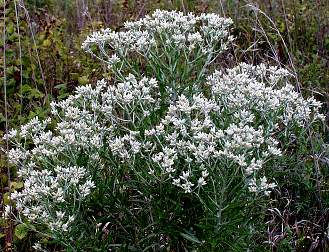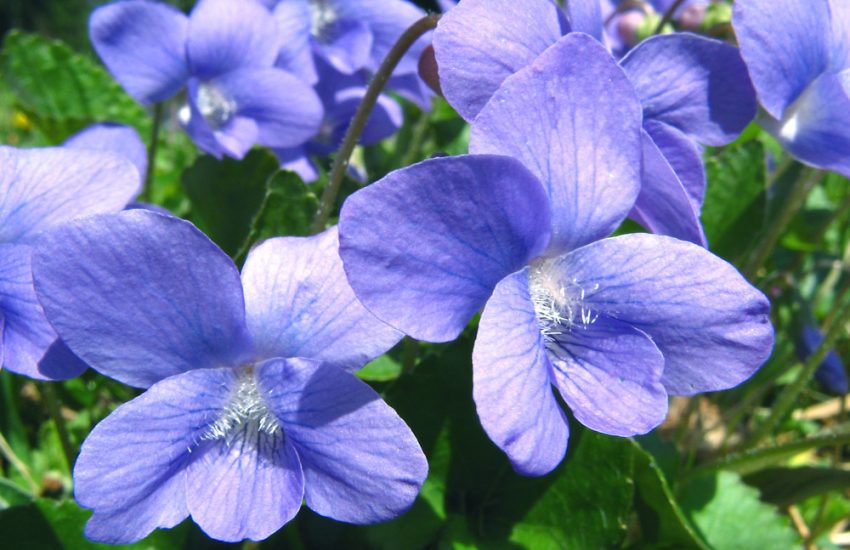Charlotte NC Hardiness Zone: Understanding Planting Zones in the Queen City
Charlotte, North Carolina is a city known for its mild climate, making it an ideal location for outdoor activities year-round. The city’s location in the southern United States means that it experiences warm summers and mild winters. However, the climate can vary depending on the location within the city, as well as the time of year.

One important factor to consider when discussing the climate in Charlotte is the city’s hardiness zone. Hardiness zones are used to determine which plants are likely to thrive in a particular area based on the average minimum temperature. Charlotte falls within USDA hardiness zone 7b, which means that the average minimum temperature ranges from 5 to 10 degrees Fahrenheit. This information is important for gardeners and landscapers who want to ensure that the plants they choose will survive the winter months.
While Charlotte’s climate is generally mild, it is not immune to extreme weather events. The city has experienced hurricanes, tornadoes, and even snowstorms in the past. Understanding the hardiness zone and other factors that can impact the climate in Charlotte is important for residents and visitors alike. By being aware of the climate and weather patterns in the city, individuals can better prepare for any potential hazards and enjoy all that Charlotte has to offer.
Understanding USDA Hardiness Zones
Defining Hardiness Zones
The United States Department of Agriculture (USDA) developed the Plant Hardiness Zone Map to help gardeners and growers determine which plants can survive in their specific climate conditions. The map is divided into 13 zones, each representing a 10°F difference in average annual minimum temperature.
Charlotte’s Hardiness Zone
Charlotte, North Carolina falls under USDA Hardiness Zone 7b, which means the average annual minimum temperature ranges from 5°F to 10°F. This information is crucial for gardeners and growers, as it helps them choose plants that can survive in the local climate conditions.
Climate Factors Influencing Hardiness Zones
Several climate factors influence hardiness zones, including altitude, latitude, ocean currents, and prevailing winds. For example, Charlotte’s position in the Piedmont region of North Carolina, its elevation of 751 feet above sea level, and its proximity to the Atlantic Ocean all play a role in determining its hardiness zone.
Overall, understanding USDA hardiness zones is essential for successful gardening and agriculture. By choosing plants that are suited to the local climate conditions, growers can increase their chances of success and reduce the risk of plant loss due to extreme temperatures.
Gardening in Charlotte’s Climate
Charlotte, NC falls in hardiness zones 7b and 8a, which means that the area experiences cold temperatures between 5°F to 15°F. The climate is generally humid subtropical, with hot summers and mild winters. Gardening in Charlotte can be challenging due to the varying microclimates and unpredictable weather patterns. However, with careful planning and plant selection, gardeners can create a thriving garden.
Selecting Plants for Zone 7b and 8a
When selecting plants for Charlotte’s climate, it is essential to consider the hardiness zone. Plants that are not suitable for the area may struggle to survive, and gardeners may need to provide extra care and attention. Some popular tree species that can thrive in Charlotte include the Southern Magnolia and the Dogwood. For vegetable gardens, tomatoes, rosemary, and mint are suitable choices.
Gardening Tips for Local Microclimates
Charlotte’s climate is characterized by varying microclimates, which can affect plant growth and survival. For instance, areas near water bodies may be cooler than other areas, while areas with high elevation may be drier. Gardeners should take note of these microclimates and adjust their gardening practices accordingly. For example, plants that require more water should be planted in areas with high humidity, while drought-tolerant plants are suitable for drier areas.
Understanding the Growing Season
Charlotte’s growing season typically runs from April to October, with the peak growing season occurring between May and September. Gardeners should plan their planting schedules accordingly and take note of the first and last frost dates. To extend the growing season, gardeners can use techniques such as mulching, row covers, and hoop houses.
In conclusion, gardening in Charlotte’s climate requires careful planning and consideration of the hardiness zone, microclimates, and growing season. By selecting suitable plants and adjusting gardening practices, gardeners can create a thriving garden in this beautiful city.
Challenges and Considerations for Charlotte Gardeners

Dealing with Frosts and Minimum Temperatures
Charlotte’s hardiness zone is 7b, which means that it experiences an average minimum temperature between 5 to 10 degrees Fahrenheit. This temperature range can be a challenge for gardeners, especially when it comes to frost. Frost can damage or kill plants, making it important for gardeners to understand how to protect their plants.
One way to protect plants from frost is to cover them with a cloth or blanket. This can help to trap heat and prevent frost from settling on the plants. Another option is to use a frost cloth, which is a special fabric that allows air and water to pass through while still protecting plants from frost.
Adapting Gardening Practices to Local Weather
Charlotte’s climate is humid and subtropical, which can make it difficult for some plants to thrive. Gardeners in Charlotte should consider adapting their gardening practices to the local weather conditions.
For example, when planting vegetables, it is important to choose varieties that are well-suited to the local climate. Some vegetables, such as tomatoes and peppers, may struggle in the hot and humid conditions of Charlotte. Instead, gardeners may want to consider planting vegetables like okra, sweet potatoes, and collard greens, which are better adapted to the local climate.
In addition to choosing the right plants, gardeners in Charlotte should also pay attention to watering and fertilizing practices. Because the climate is humid, it is important to avoid overwatering plants, as this can lead to root rot and other issues. Gardeners should also be careful not to over-fertilize, as this can lead to nutrient imbalances and other problems.
Overall, while gardening in Charlotte can present some challenges, with the right knowledge and practices, gardeners can still enjoy a bountiful harvest.


